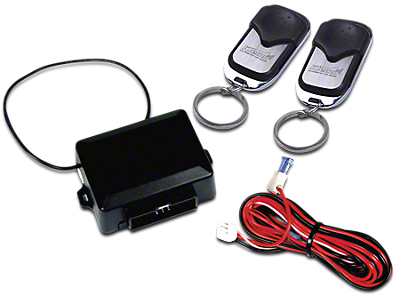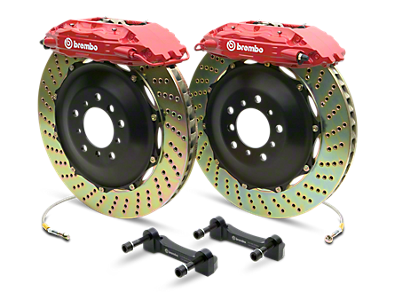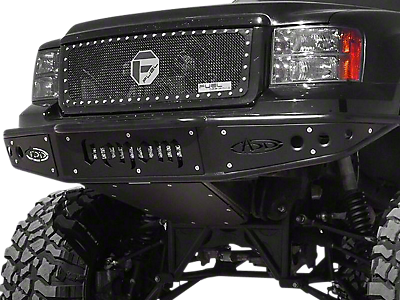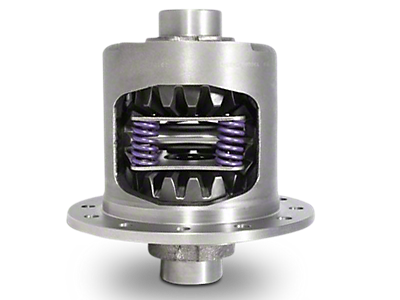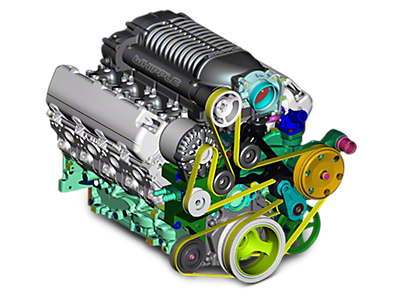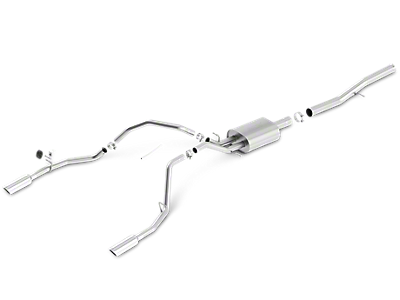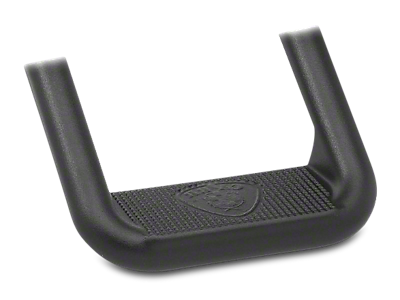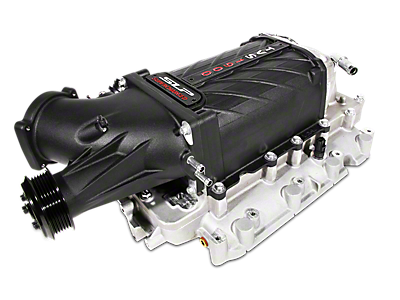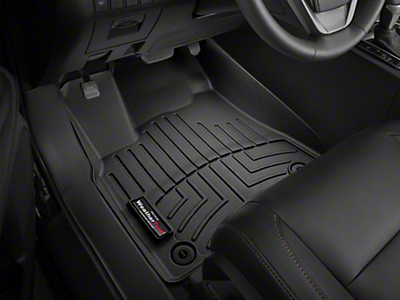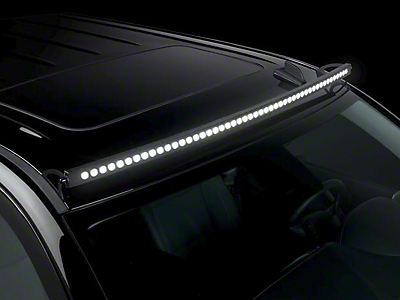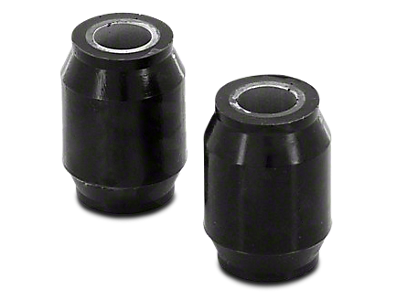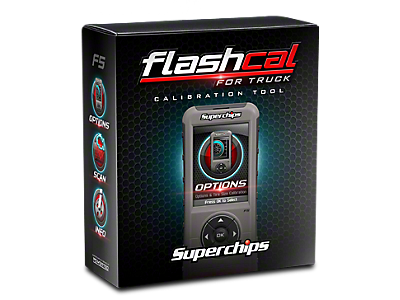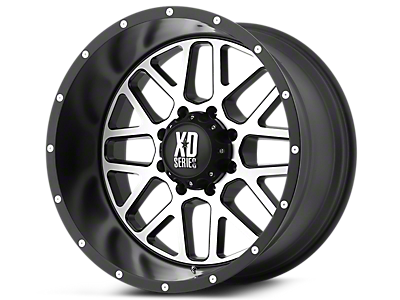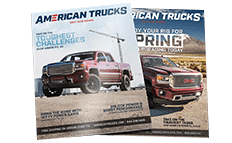2013 GMC Sierra 1500
The 2013 GMC Sierra 1500, the last year of the second generation GMT900 platform, is produced in regular cab, extended cab and crew cab variants. Trim levels start with the basic Work truck, up scaling progressively through SL, SLE and SLT models before topping out with the feature packed Denali. Four engine choices are available, starting with the entry level 4.3L V6 rated at 195 horsepower and 260 lb-ft of torque. A 4.8L V8 (302 HP/305 lb-ft), 5.3L (315 HP/335 lb-ft) and 6.2L (403 HP/417 lb-ft) make up the V8 engine choices, with the latter being standard issue on the top of the line Denali. When properly equipped with the Max Trailering package and larger V8's, the 2013 Sierra 1500 can tow up to 10,700 lbs.
Mean Street Machine
If you want to drop a 2013 Sierra 1500 and turn it into a mean street truck, the best way to do it is through a quality lowering kit. These systems are engineered to drop the truck by as much as 3 inches in the front and 7 inches in the back.
- Low rider appearance
- Lowered center of gravity
- Less body roll in turns
Achieving a drop like this in the front and rear involves completely re-engineering the suspension geometry. For the front, it is a bit simpler, using either drop spindles, which relocate the spring perch lower down, or revised coil springs and struts. In the back, it is a lot more complicated. To really get the truck slammed and close to the ground, the rear leaf springs actually need to be flipped above the rear axle. New shackles and a differential relocation bracket drop the rear axle down so that the leaf springs can be inverted and installed above the axle, which drops the backend anywhere from 4-7" depending on the kit used. Some manufacturers require notching the frame (a C notch drop) in order to fit all the new brackets and alignment components. While this is the most involved, it certainly produces a next level result.
Hot Rod Power
While on the topic of building a mean street struck, there isn't a faster way to get a 2013 GMC Sierra 1500 producing big horsepower then to use a supercharger. Sold as bolt-on kits, a complete supercharger system has everything needed to take a stock Sierra 1500 pickup and boost its horsepower by 50% right out of the box. For those that want more power from a supercharger, ramping it up is as easy as changing the drive ratio in order to increase the boost (for reference, most entry level supercharger systems come with pulley ratios to produce 7-9 psi). When it comes to picking a supercharger, there are two main types to know about. The first is a roots or twin-screw supercharger. These units sit atop the motor, in the lifter valley, and are actually an integrated manifold and supercharger component (the OEM intake is completely replaced). The supercharger sits atop the integrated intake manifold and feeds the runners directly. Roots and twin-screw blowers produce excellent low end and mid-RPM gains, as they are always producing maximum boost - they don't need to spool to increase their positive displacement. On the flip side, they are more susceptible to heat soak. Centrifugal superchargers are standalone systems that feed the stock intake manifold through a charger type. These blowers are compact and have pretty high efficiency, but favor high RPM power production. As the engine revs higher, the blower produces more boost and thereby more horsepower.

